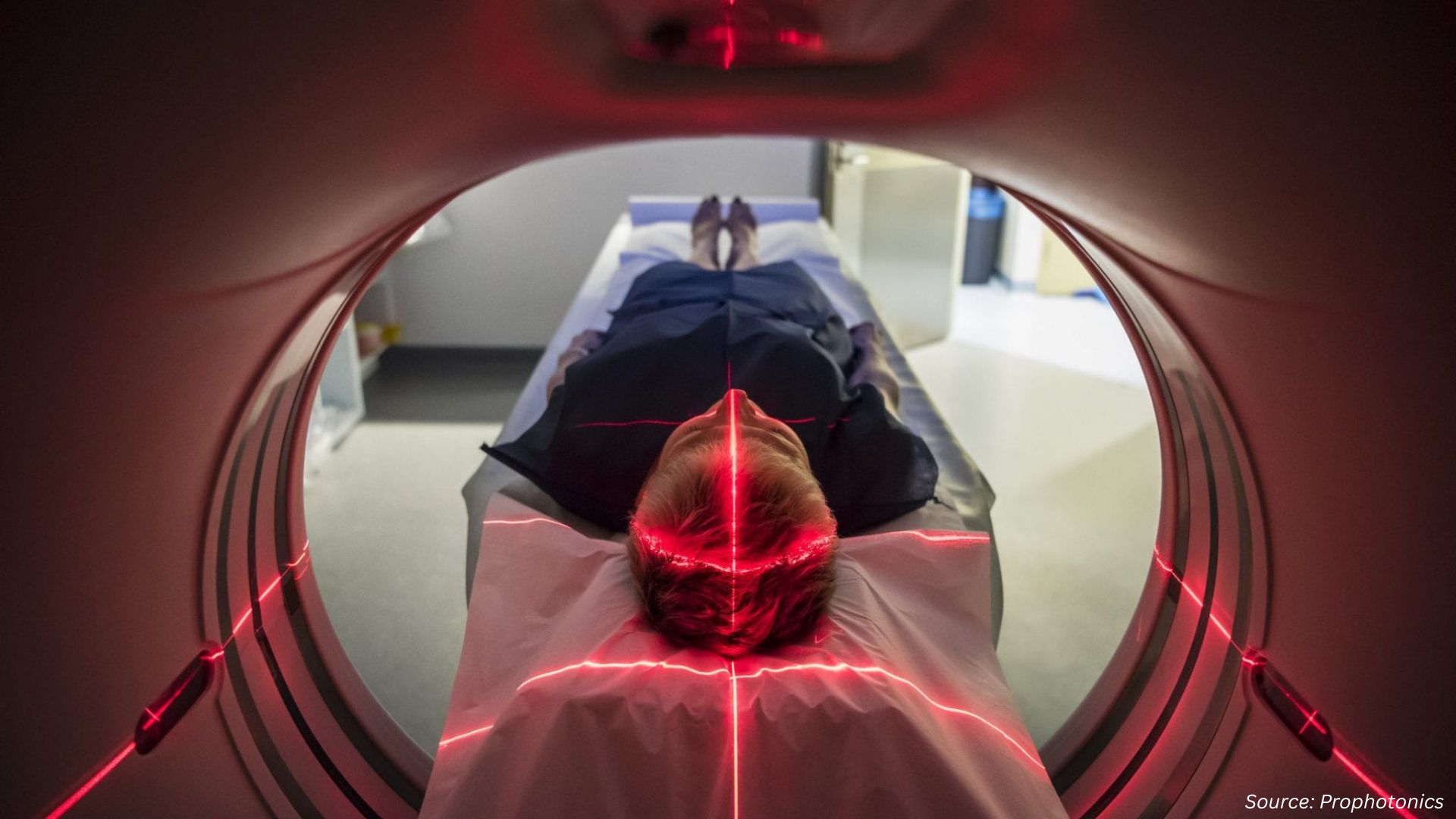Australia Cone-Beam Computed Tomography (CBCT) Systems Market is expected to reach USD 34.9 million by 2030
Published: 2025-04-14
The growing cases of joint infection in Australia are driving up demand for the Australia Cone-Beam Computed Tomography (CBCT) Systems market during the forecast period.
Australia Cone-Beam Computed Tomography (CBCT) Systems Market was valued at USD 30.2 million in 2024, and is predicted to reach USD 34.9 million by 2030, with a CAGR of 1.1% from 2025 to 2030, according to new research by Next Move Strategy Consulting.
The increasing incidence of joint infections within the country, driven by factors such as a growing aging population and a rising prevalence of chronic illnesses, is driving up the need for Cone Beam Computed Tomography (CBCT) technology. This advanced imaging technology plays a vital role in precise diagnosis, treatment strategy development, and ongoing monitoring of joint infections. It equips healthcare practitioners with intricate 3D images, enhancing their ability to visualize and analyze the condition more effectively.
According to the Australian Orthopaedic Association National Joint Replacement Registry (AOANJRR), the incidence of periprosthetic joint infection (PJI) in Australia is up to 3,900 cases per year.
However, the substantial expenses associated with procuring Cone Beam Computed Tomography (CBCT) machines can pose a notable hindrance to the expansion of the CBCT market. The initial capital required for the acquisition of CBCT machines can be discouraging, particularly for healthcare institutions like smaller clinics or practices operating within constrained budgets. This elevated financial outlay encompasses not only the machine's purchase price but also includes expenses related to its installation, upkeep, and staff training.
The financial challenges related to CBCT machines can impede their adoption, particularly in regions with limited resources or within healthcare environments where budget constraints are significant. This can lead to constraints on the availability and accessibility of CBCT technology, thereby hindering its widespread integration across various healthcare facilities.
On the other hand, the integration of Artificial Intelligence (AI) in CBCT software has the potential to revolutionize the field of imaging and significantly enhance the capabilities of CBCT technology. With AI algorithms, CBCT software can analyze and interpret images with greater precision and efficiency. These algorithms can be trained to automatically detect and segment anatomical structures, lesions, and abnormalities, providing valuable insights to clinicians. By automating these tasks, AI integration can save time and improve diagnostic accuracy, ultimately leading to more effective treatment planning.
Additionally, AI-powered CBCT software can simulate and visualize treatment outcomes, enabling clinicians to better plan and communicate treatment options with patients. Whether it's virtual implant placement, orthodontic treatment simulations, or surgical planning, the integration of AI in CBCT software offers new possibilities for personalized and optimized patient care. It holds the promise of streamlining workflows, reducing manual labor, and enhancing the overall efficiency and precision of CBCT imaging in various medical and dental applications.
Request for a Sample PDF on the Australia CBCT Systems Market
According to the report, leading players in the Australia Cone-Beam Computed Tomography (CBCT) Systems market include Dentsply Sirona, Koninklijke Philips N.V., Vatech Co., Ltd, Envista Holdings, Planmeca OY, J. Morita Mfg. Corp., Cefla S.C., Hefei Meyer Optoelectronic Technology INC, Xoran Technologies LLC, Acteon Group, Hitachi Ltd., Genoray Co Ltd, Asahi RoEntgen Ind. Co. Ltd., OSSTEM IMPLANT CO., LTD., Largev Instrument Corp. Ltd., Carestream Dental LLC, Curvebeam AI, and HDXWILL.
Key Insights from the Australia Cone-Beam Computed Tomography (CBCT) Systems Market Report:
-
The information related to key drivers, restraints, and opportunities and their impact on the Australia Cone-Beam Computed Tomography (CBCT) Systems market is provided in the report.
-
The value chain analysis in the market study provides a clear picture of the roles of each stakeholder.
-
The market share of players in the Australia Cone-Beam Computed Tomography (CBCT) Systems market is provided in the report along with their competitive analysis.
















Add Comment